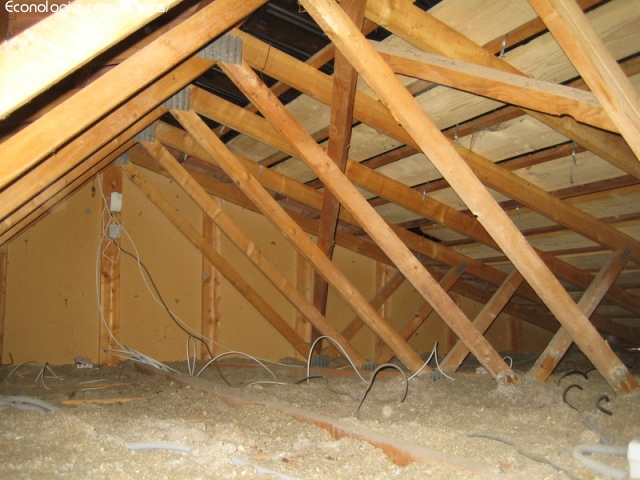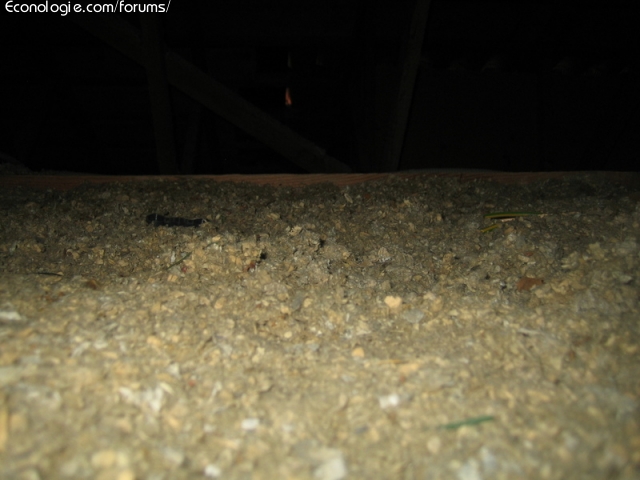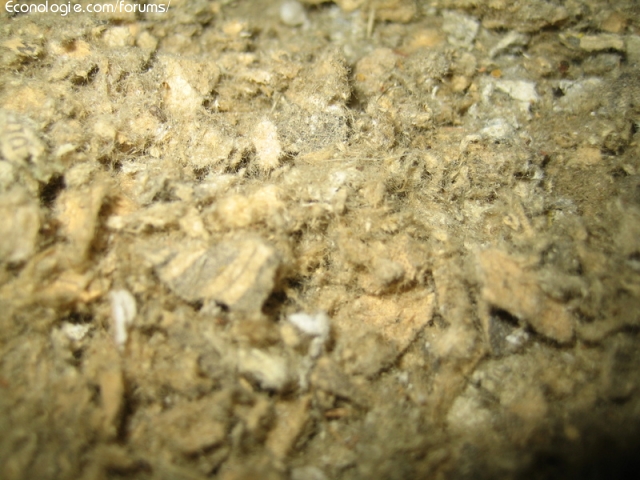After reading a few topics about wadding insulation, which the file on cellulose insulation very complete, I open my own subject to have some advice.
My wood frame house has 25 years, I just bought it. The insulation of the attics lost is tight, so I would reisoler. Cellulose wadding is my favorite, considering its qualities and price.
At first I thought I would do this myself, but after reading that the cotton wool was very difficult to "break" and to spread, I called in the pros for quotes.
The first of them told me that my current insulation was a kind of "old" cotton wool and that we could keep it, and put 1 cm of new cotton wool on it.
He also told me that it would be necessary to add a "binder" (sodium silicate according to the estimate: harmful?) Because the valleys are too windy, the cotton wool would fly away. The binder would make a kind of crust on top of the cotton wool.
The 2e told me that the current insulation was rockwool ...
So I do not know which foot to dance on. If it's really rock wool, I prefer to remove it because the ecological side of the wadding would lose its interest. But if I remove it, I should do it by myself because it is very expensive (more expensive than re-isolation) and the house is difficult to access (impossible to approach a truck).
FYI, the 1er made me an insulation quote with Cellisol wadding 1200 € for 26 cm 52 m².
I attach some photos so that you can give your opinion on the nature of the current insulation, the quote, and everything else!
Thank you in advance for your advice because I am a little lost!
Edit by moderation, photos put on the image host of the site





